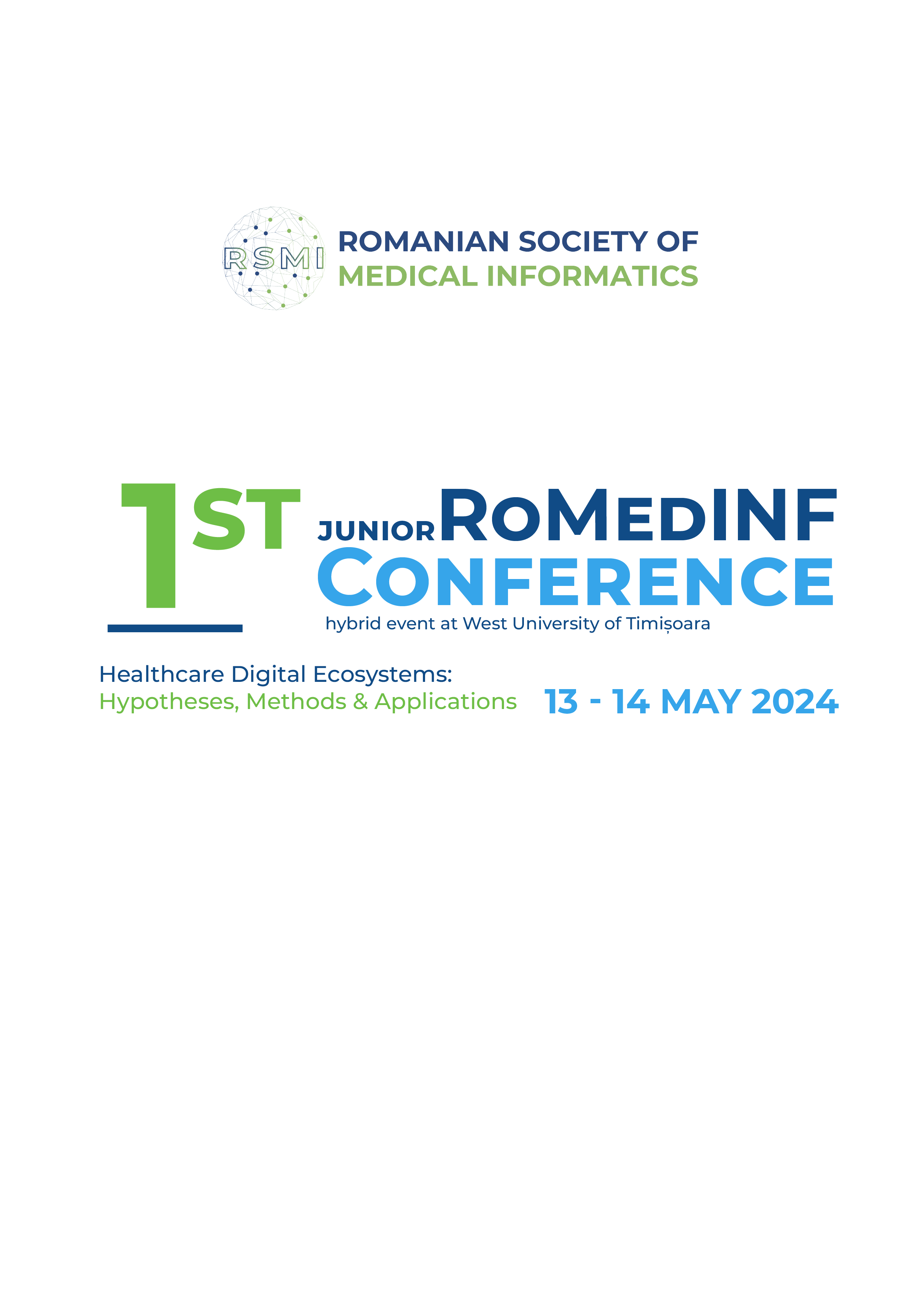Cyberbullying Experienced by University Students: A Study Protocol
Keywords:
Cyberbullying, Undergraduate students, Survey, Study protocolAbstract
Abstract
Background: Bullying first appeared in scientific literature in 18971 and according to APA Dictionary of Psychology it is “persistent threatening and aggressive physical behavior or verbal abuse directed toward other people, especially those who are younger, smaller, weaker, or in some other situation of relative disadvantage”2. The internet and digital technology advancements have not only entrenched but also metamorphosed this phenomenon into a new form of manifestation known as cyberbullying3, defined as “verbally threatening or harassing behavior conducted through such electronic technology as cell phones, e-mail, and text messaging”2. Young people perceive differently cyberbullying in different cultures and environments and its repercussions include a spectrum of psychological distress, from anxiety to suicidal ideation4. The aim of the study encompasses a tripartite nature. In the primary instance, it investigates the overarching effects of cyberbullying on the psychological well-being of college students. As a secondary point, the dissimilarities pertaining to gender, age, socio-economic background, and educational affiliations are examined. Furthermore, it focuses on the extent to which the students exhibit diminished levels of concentration and reduced focus on their academic achievements. Methods: This population-based cross-sectional study will include respondents aged 18 or above regardless of sex or gender, with diverse socioeconomic statuses, and enrolled in Romanian universities. The instruments that will be used consist of self-administered online surveys, comprising a sociodemographic questionnaire, also assessing the academic level, a cyberbullying questionnaire survey, simultaneously evaluating patterns of internet utilization, and the 21-item Depression Anxiety Stress Scale (DASS-21). Discussion: The study delves into the intricacies surrounding cyberbullying and its potential multifaceted repercussions within college students. Given the dynamic evolution of digital communication and its profound influence on interpersonal dynamics, the study's significance resides in the promise of the findings to shed light on the challenges posed by this contemporary manifestation of aggression.
References
- Burk FL. Teasing and bullying. The Pedagogical Seminary. 1897;4(3):336–371
- APA Dictionary of Psychology [Internet] [cited 2024 Apr 29] Available from: https://dictionary.apa.org/bullying
- Kumar Tyagi A, Frederick Fernandez T, Manoj Nair M. Cyberbullying in Digital Era: History, Trends, Limitations, Recommended Solutions for Future. [cited 2024 Apr 29]. Available from: https://ak-tyagi.com/static/pdf/115.pdf
- Setiana D, Tiroanna, Nasution M, Besar N, Susanto AKS. Managing Cyberbullying Impacts in Time of Digital Ecosystem [Internet]. www.atlantis-press.com. Atlantis Press; 2021. [cited 2024 Apr 29]. p. 172–81. Available from: https://www.atlantis-press.com/proceedings/iclhr-21/125963826
Downloads
Published
How to Cite
Issue
Section
License
Copyright (c) 2024 Diana Ioana NICHIFOR, Sorana D. BOLBOACĂ

All papers published in Applied Medical Informatics are licensed under a Creative Commons Attribution (CC BY 4.0) International License.

